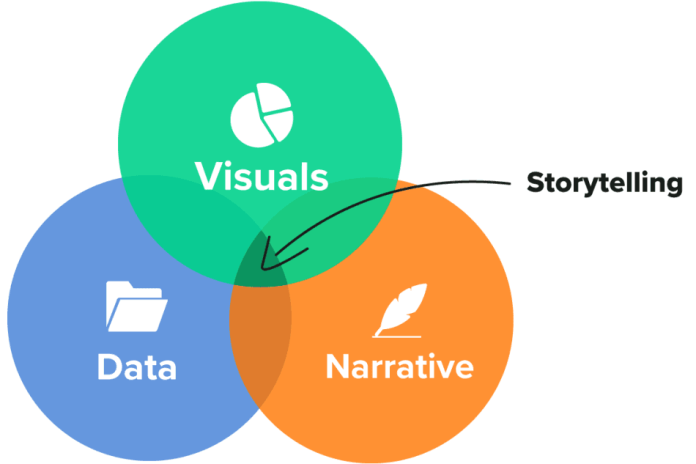Data journalism has emerged as a powerful tool for uncovering stories hidden within the vast sea of information in today’s digital world. By combining the precision of data analysis with the art of storytelling, journalists are now able to uncover trends, hold powerful entities accountable, and offer new insights into complex issues.
The Evolution of Data Journalism
Data journalism isn’t entirely new. The practice of using statistics to enhance reporting dates back to the 19th century. However, the digital revolution has significantly expanded its scope. With access to open datasets, APIs, and powerful software tools like Tableau and Python, journalists today can analyze data in ways that were unimaginable decades ago.
A landmark example is The Guardian’s reporting on the NSA files leaked by Edward Snowden. The team used data visualization to help readers grasp the scale and scope of government surveillance. Similarly, The New York Times often integrates interactive graphics into its articles, allowing readers to explore datasets themselves.
Challenges in Data Journalism
While data journalism offers immense possibilities, it is not without its challenges. The accuracy of a story hinges on the quality of the data. Inaccurate, incomplete, or biased datasets can lead to misleading conclusions. Additionally, data journalism requires a unique skill set, blending statistical knowledge with storytelling prowess, which not all journalists possess.
The Future of Data-Driven Reporting
As data becomes increasingly central to our lives, data journalism will play an even greater role in shaping public discourse. Training programs and collaborations between journalists and data scientists will be crucial in meeting this demand. Furthermore, as artificial intelligence advances, new tools will likely emerge to assist journalists in uncovering patterns and insights hidden in data.
By turning numbers into narratives, data journalism not only informs but also empowers readers to engage with the world in a more nuanced way
